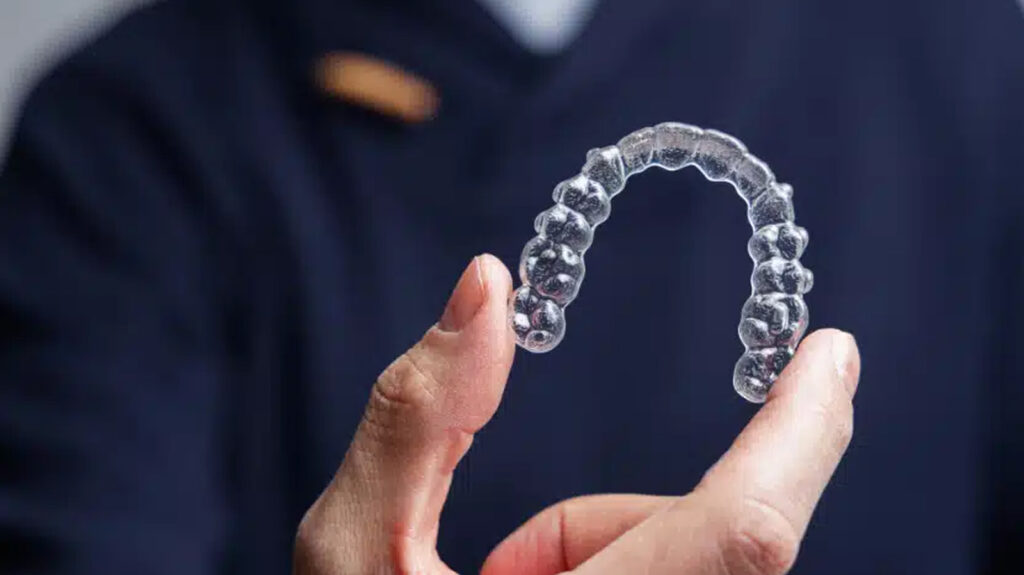4 reasons to get adult braces
Are you an adult considering undergoing the procedure of having your teeth aligned using braces? Despite the fact that the concept may be intimidating, adult braces could be one of the greatest decisions you ever make for your overall well-being and oral health, especially if you were unable to have them as a teenager. There exist several plausible explanations for this circumstance. The following four persuasive arguments will prompt you to seriously contemplate embarking on the endeavour.
The misalignment of one’s teeth may negatively affect confidence and self-esteem. Engaging in social interactions with acquaintances, colleagues, or strangers may be hindered to some extent if one is overcome with self-consciousness regarding their smile. By modifying your bite and progressively realigning your teeth, adult braces provide a solution that culminates in a smile you will be pleased to flaunt. There is a strong likelihood that an increase in confidence will ensue as your teeth gradually realign into their proper positions. You will feel more comfortable and able to smile more readily in a variety of social situations as a result.
In addition to their aesthetic benefits, adult orthodontics have the potential to enhance oral health. Inadequately aligned teeth can give rise to various dental complications, including but not limited to crowding, interdental infection, and irregular wear. Over time, dental caries, periodontal disease, and even tooth loss are all possible consequences of these problems. By means of rectifying the alignment of the dentition, braces facilitate the adherence to fundamental oral hygiene procedures, including flossing and brushing. This, consequently, diminishes the probability of encountering dental complications in the future. The implementation of adult orthodontics in one’s youth can effectively mitigate the risk of developing subsequent dental issues and expensive procedures.
Avoiding the Development of Additional Dental Problems: Adult braces are utilised to correct issues associated with misaligned teeth. This practice not only enhances one’s current oral health but also aids in the prevention of subsequent dental complications. Crooked or crowded teeth have the potential to induce uneven pressure on the mandible, thereby increasing the risk of developing temporomandibular joint (TMJ) problems and recurrent headaches. The realignment of your bite and teeth that occurs during the course of orthodontic treatment facilitates a more uniform distribution of forces, thereby reducing the burden on your jaw joints and mitigating associated discomfort. In addition, the prevention of excessive attrition on specific teeth through the correction of alignment errors not only prolongs their lifespan but also diminishes the probability that they will necessitate expensive restorative procedures in the future.
Despite the fact that you may initially experience anxiety, wearing braces as an adult is a long-term investment in your smile and general health. Orthodontic technology advancements in recent years have enabled adult braces to become more comfortable and less conspicuous than ever before. In contrast to conventional braces, transparent aligners offer a more understated alternative that enables individuals to achieve orthodontic treatment overtly without attracting undue attention. It is critical to remember that the momentary inconvenience associated with braces is negligible when compared to the long-term advantages of possessing a more aesthetically pleasing and health-conscious smile, which you will feel empowered to flaunt to others.
Ultimately, adult orthodontics can provide a plethora of benefits beyond the aesthetic improvements they manifest. Orthodone treatment as an adult can aid in the prevention of future dental issues and the improvement of oral health. Additionally, it can increase your self-esteem and confidence, which are all advantages of getting orthodontics. However, why should we continue to wait? Presently is the moment to initiate the process of attaining a more radiant and healthier smile.










